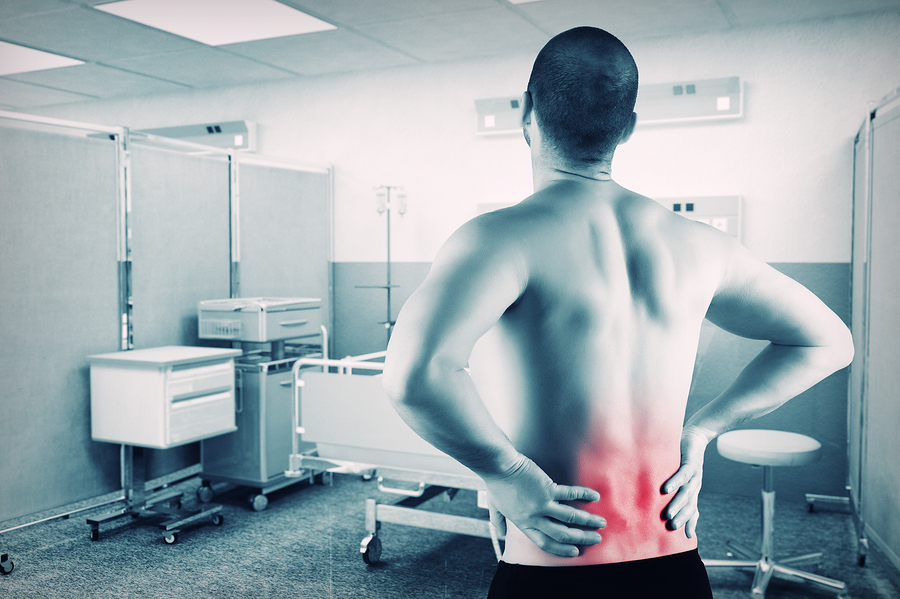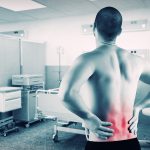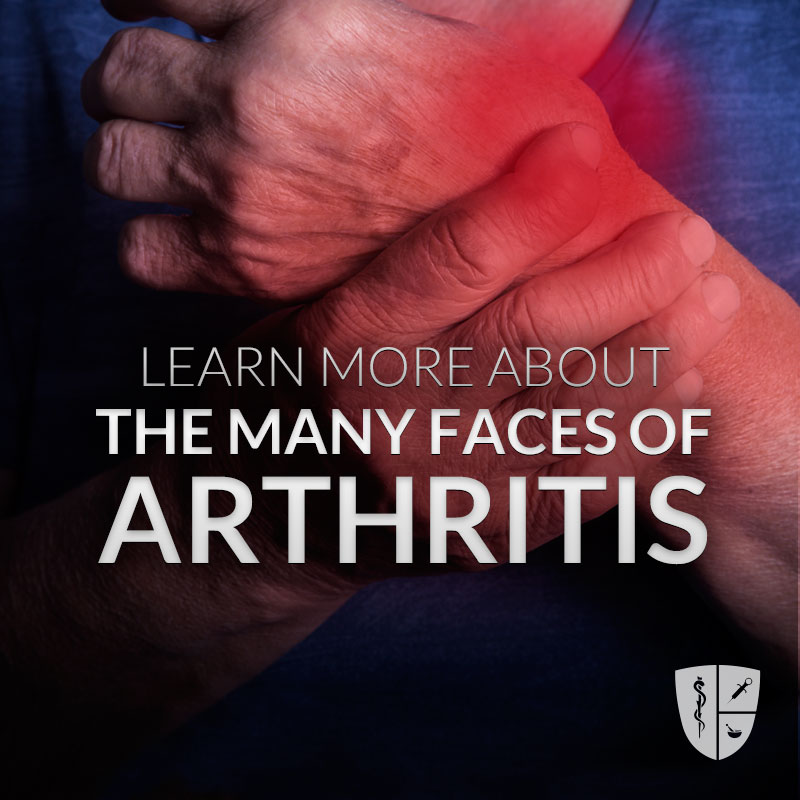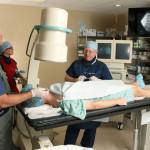For most people, degenerative disc disease treatment is successful with conservative (meaning non-surgical) care consisting of medication to control inflammation and pain, physical therapy and exercise. Steroid medications delivered either through an epidural injection or orally are the most common forms of treatment.
Surgery becomes the next option if a patient is still not receiving pain relief over six months of nonsurgical care and are experiencing constraint in performing everyday activities.
Most ongoing pain, as well as the frequency and intensity of the flares, can be managed through a number of non-surgical options.

Degenerative Disc Disease Treatment Goals
For majority of people who suffer from degenerative disc disease experience low back pain symptoms that flare up periodically, but don’t worsen over time. For those people, the main goals for degenerative disc disease treatment are usually:
- Achieving enough pain relief to be able to engage in lower back pain exercises and a physical therapy program
- Preventing the application of excess stress on the disc through proper ergonomics and posture
- Trying to manage the low back pain and maintaining an ability to function enough at home and at work.
Most types of surgeries for ongoing, debilitating pain and loss of function from degenerative disc disease are fairly extensive. So it is usually a better option for a patient to manage their low back pain using non-surgical approaches and self-care. With time, the low back pain and other symptoms of degenerative disc disease will usually subside. As a patient ages, the disc starts to become stiffer, and a stiffer disc will stabilize the motion segment and thus reduces pain. Yet, this is a very slow process that occurs over many years.
Common Nonsurgical Treatment
Degenerative disc disease treatment has a variety of nonsurgical options, but each treatment will include some combination of exercise and physical therapy. An exercise program is essential when looking to relieve lumbar DDD pain. In general, an exercise program should have several components, such as:
- Hamstring stretching, since tightness in the hamstring muscles down the back of the thigh can increase the stress on the back and make the pain caused by a lumbar degenerative disc worse.
- A collection of back strengthening exercises programs. Dynamic Lumbar Stabilization exercises, where patients are taught to find their “natural spine.” Natural spine meaning is the position in which they feel most comfortable, and to maintain that position.
- Low-impact aerobic conditioning to ensure adequate flow of nutrients and blood to spine structures, and relieve pressure on the discs. Common aerobic exercises that would work for this situation are walking, swimming and biking.
While the pain flares up, most patients look to rest. Yet, it is advised to not rest for more than a day or two.



